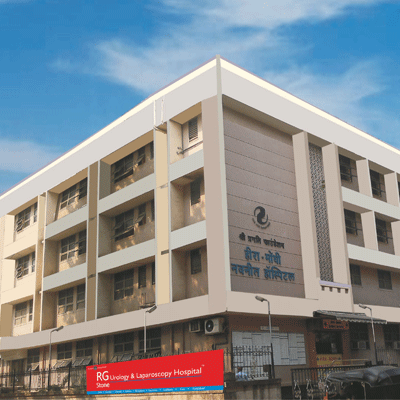Male sterilization, also known as vasectomy, is a permanent method of contraception for men. It involves the surgical cutting or blocking of the vas deferens, the tubes that carry sperm from the testicles to the urethra, thus preventing sperm from being ejaculated during sexual activity.
Procedures & Interventions
The traditional vasectomy is the most common procedure, involving a small incision made in the scrotum. The vas deferens are cut, tied, or cauterized to prevent sperm from entering the semen. This procedure is typically done under local anesthesia and has a high success rate in preventing pregnancy. It's considered a permanent form of contraception, though reversals are possible in some cases, but not always successful.

The traditional vasectomy is the most common procedure, involving a small incision made in the scrotum. The vas deferens are cut, tied, or cauterized to prevent sperm from entering the semen. This procedure is typically done under local anesthesia and has a high success rate in preventing pregnancy. It's considered a permanent form of contraception, though reversals are possible in some cases, but not always successful.





Team of Excellence
Behind every recovery story at RG Hospitals is a team of exceptional doctors whose passion for healing and innovation continues to transform healthcare and redefine patient outcomes.
Find a DoctorLooking for an Expert
RG Hospitals is proud to be the home of some of the world's most distinguished doctors.

Patient Stories
View AllPatient Testimonial | Commitment To Care
Treated by Dr. Manoj Gupta , RG Stone Hospital, Dehradun
- All Locations
- New Delhi
- Haryana
- Punjab
- Kolkata
- Chennai
- Mumbai
- Goa
- Uttar Pradesh
- Uttarakhand

















